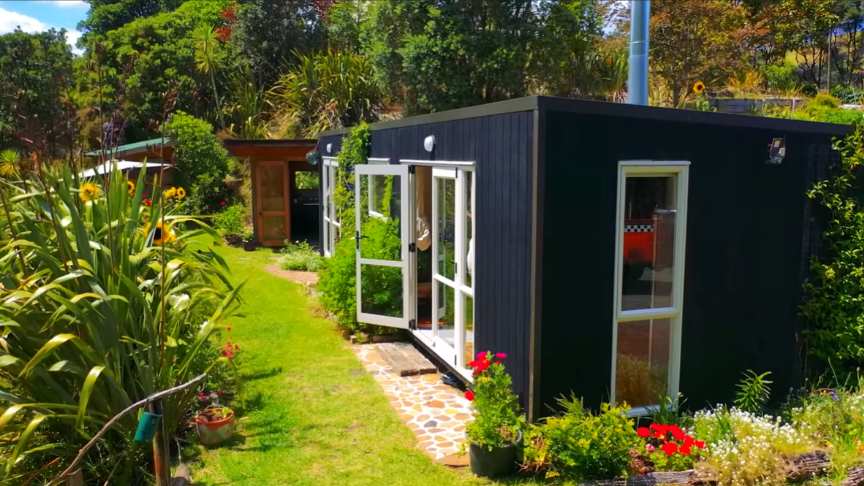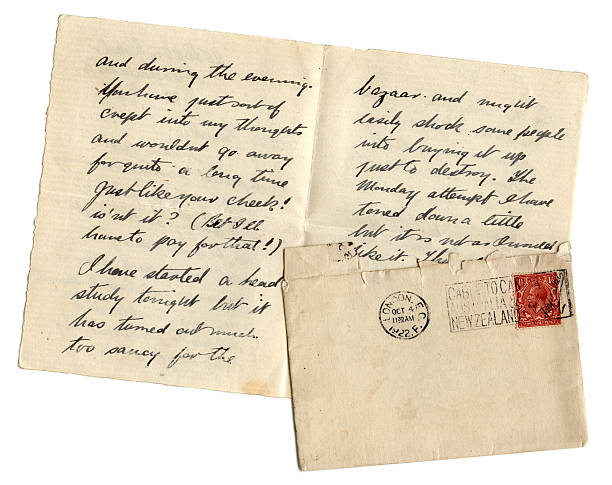A post concerning tiny homes and their advantages for the recently retired
Followers of this blog will be familiar with my preoccupation with tiny homes, having first written about them here in November 2017, here in February 2019 and in March 2021 here. With climate change and resource management coming to the fore, I sense that now might be the perfect time to revisit the topic, especially for those recently retired who seek to liberate themselves from their portfolio of possessions and a barrage of bills.
Did you know that 40% of tiny home owners are over 50 years of age? Of those 68% have no credit card debt as a result. I know not what might be their stress levels relative to their house-owning peers, but I sense they will be significantly lower.
Reason 1 – Capitalise now rather than after you have died
Many over 50s have most of their capital tied up in one asset – their home. After a working lifetime of paying a mortgage they have reached the stage where they nearly own their home outright, or at least have a manageable debt. What better time than to liberate their investment, not by way of mortgage release, but by mortgage dissolution.
There are many options for which to use the capital that is tied up in a family home – early retirement from work, travelling or spending time abroad, start-up capital for the children or grandchildren, or launching a new project – whilst buying a more luxurious or manageable downsize. Bear in mind that the standard inheritance tax rate is 40% over the £325,000 threshold. That means that nearly half your estate over this limit will go, not to your family, but straight to HMRC in taxation.
Reason 2 – Why upkeep a large space?
Heating a home is to become one of the largest annual expenses that many will face this winter. We are currently unsure what government support for energy bills will be available to families or pensioners, but we can expect little or none will be targeted to those that have chosen to retire early.
Vacuum insulated panels provide a high level of insulation when coupled with other insulation materials, meaning that winterised tiny homes are very different from seasonal static caravans of yesteryear. Whilst an energy-passive tiny home is a huge ask, the fact that you are heating a tiny space means that thermostatic controlled electric, Bio-LPG or solar storage heating, will run at a minimal cost.
Tiny homes can benefit from much reduced charges, especially for those who are able to accommodate their tiny home within the curtilage of a relative or friend’s home. If connected to existing utilities and when notionally mobile, tiny homes are free of council tax and utility standing charges, being classified as additional living space by members of that household. All that is then required is to set up a standing order to your host family to cover the cost of energy, water and any additional costs or charges.
Reason 3 – Rip up the ‘to do list’
In a home with a footprint of 200 square feet (the average size), household chores should take less than 60 minutes per week. Instead of time spent cleaning, tiny home owners are liberated to devote time to themselves, their grandchildren, their pets or their hobbies.
Reason 4 – downsize your possessions
Speak with anyone who has downsized their home and they will tell you that the most difficult task proved to be ultimately the most satisfying – divesting of possessions. Those with larger homes accumulate an unnecessary burden – the contents of a spare room that is rarely occupied; clothes that we will never wear, multiple televisions and kitchen knives, out-competed by one preferred; pictures and ornaments that we hardly notice. My favourite uncle travelled the world wearing his blazer and flannels, with a brief case containing a spare shirt and underwear, shaving kit, toothbrush and his yachting club tie for special occasions. The little extras that he needed, he bought; and when he came to return to his boat, he left them behind. His lesson was not his minimalism, but his life philosophy: what you do not need, you do not want.
To this end, the tiny house is perfect. And when your time comes to depart this life, your family may spend an hour looking at your digital photos, rather than a fraught fortnight with a removal van.
Reason 5 – accommodating the environment
Tiny homes afford an opportunity for shared living whilst retaining independent space. The UK has an aging population of between 12-13 million over 65, or 18.9% of the population – the largest proportion ever – set to increase at the annual rate of 1.5%. By 2043 this demographic will reach 17.4 million (24% of the population). The English Housing Survey reveals that 29% of households are led by someone over 65 years, 45% of those live alone, 79% of them are owner-occupiers, and 55% under-occupy their homes.
Judging by the cost of home ownership in the UK, by transposing just a part of this demographic into bespoke tiny homes, especially when situated within the curtilage of an existing home, would make a massive difference to the housing crisis.
Importantly, such ventures may future-proof the problems of assisted living, providing a safe, family-controlled environment for the ambulant elderly, many of whom can reciprocate by providing support for child care or contributing to energy and living costs.
When you next clean your house, or contemplate redecorating your home, why not question whether yours is the home that you need? Sit down and do a cost-time benefit. You may surprise yourself by what you discover!
Advertisements appearing below are placed by the platform not the poster. They are neither endorsed nor monetarised.








